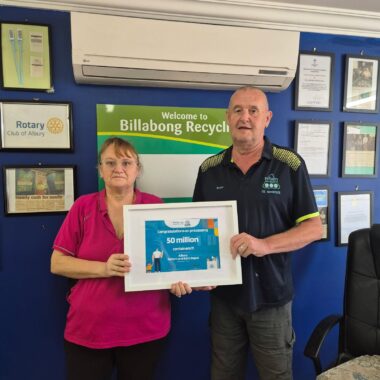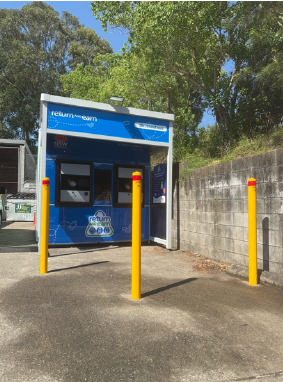Sydney’s latest economic analysis is good news for businesses and residents with results showing an increase in local spending and the number of visitors.
The City of Sydney’s economic analysis of the first quarter of 2023 has shown the city is closer to pre-pandemic levels across several indicators.
The analysis pulled from various sources, and our collaboration with stakeholders and government bodies, shows Sydney’s local economy steadily improving.
Key takeouts include:
- Local spend has recovered to 98% of pre-pandemic levels (after adjusting for inflation)
- Friday is the highest spend day with an average of $28 million each week (87% of pre-pandemic levels)
- Monthly local spend in central Sydney in March 2023 was $704 million (up from $617 million in March 2022)
- Public transport use to central Sydney has grown strongly in the last year (rising to 84% of pre-pandemic levels)
- This financial year to date (July 2022-February 2023), we approved $3.1 billion of building development
- The city’s night-time economy (6pm-6am) has recovered to 97% of the 2019 pre-pandemic level (after adjusting for inflation)
- Sydney had 247,000 international visitor arrivals in February (up 16% from February 2022)
- International student arrivals to Australia have increased to 74% of 2019 levels.
- Sydney’s international student population continues to exceed the national average, increasing 6% from November 2021 to November 2022.
The economic snapshot shows the impact of the pandemic and the significant change in working trends.
“Each quarter we’re pulling together a snapshot across a range of datasets relating to visitors, consumer spend, people movement, and the overall economic performance of our city,” Lord Mayor of Sydney, Clover Moore said.
“We are constantly talking with stakeholders to understand what is happening on the ground for their business and community, and this will give us a strong evidence base of what changes are occurring in our area.
“In turn, it will help us better understand how people connect with the city, provide valuable insights to businesses and community, and guide our strategies.”
With flexible working on the rise, the data suggests there is a shift in how the city is used. Regular weekday commuters have dropped and there’s an increasing number of visitors using the city for a variety of experiences.
Tuesday, Wednesday, and Thursday are the strongest days for public transport, reflecting the popularity of working from home on Mondays and Fridays. Weekends on public transport into the city are now busier for visitors than before the pandemic.
Weekday spend in central Sydney remains lower than 2019, however, weekend spend has been strong, particularly Saturday, which has grown 18% on pre-Covid levels.
Sydney’s night-time economy is increasing well with total night-time spend in March sitting at $355 million. Total night-time spend represented almost a third of all local spend in a 24-hour period.
Saturday night spend is up 15% on pre-pandemic levels and Sunday nights are up 14%.
The continued return of international students will be an important driver for Sydney’s post-pandemic recovery. International students help boost the city’s social and cultural life and build Sydney’s global reputation as a centre for learning, research, and innovation. There are now 205,931 international students in NSW, with 95% of these in Greater Sydney.
“We’re very keen to share the results of each of our quarterly economic snapshots with everyone,” the Lord Mayor said.
“I’m pleased so many government partners are eager to work with us on the analysis. Our aim is for this work to become a trusted source that will allow us, other stakeholders and government bodies, to make informed decisions about our city and its future.”
The City of Sydney is proposing to spend $750 million in the next financial year, with the Budget now on Exhibition.
Funds will be spent on supporting local businesses, building capital works projects, maintaining community facilities and parks, producing precinct activations like the Sydney Streets program, and boosting visitor services to target international students and visitors.
To read more about the City of Sydney’s City Insight economic analysis May 2023 edition visit cityofsydney.nsw.gov.au/surveys-case-studies-reports/city-insights
Media contact: Elaine Kelly, phone 0477 362 550 or email [email protected]
For interviews with Lord Mayor Clover Moore, contact Zoe Delamare. Phone 0477 263 615 or email [email protected]
For more stories from your local area, visit news.cityofsydney.nsw.gov.au
Restrictions: The City of Sydney provides access to this publicly distributed image for editorial purposes only and remains the copyright owner. No archiving, commercial use or third party distribution is permitted without prior written consent. When using content for editorial purposes, you must include the following image credit adjacent to the content: "Photographer’s Name / City of Sydney”


